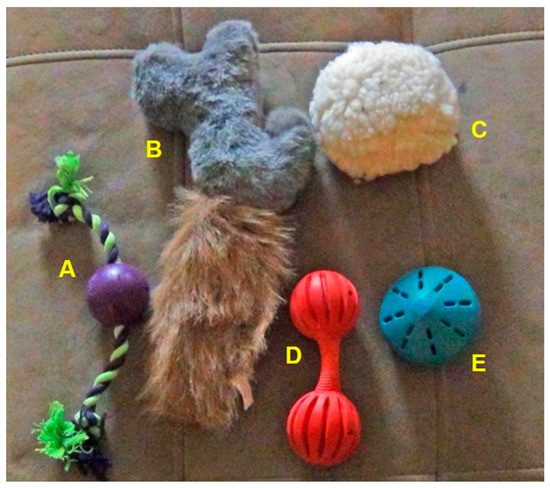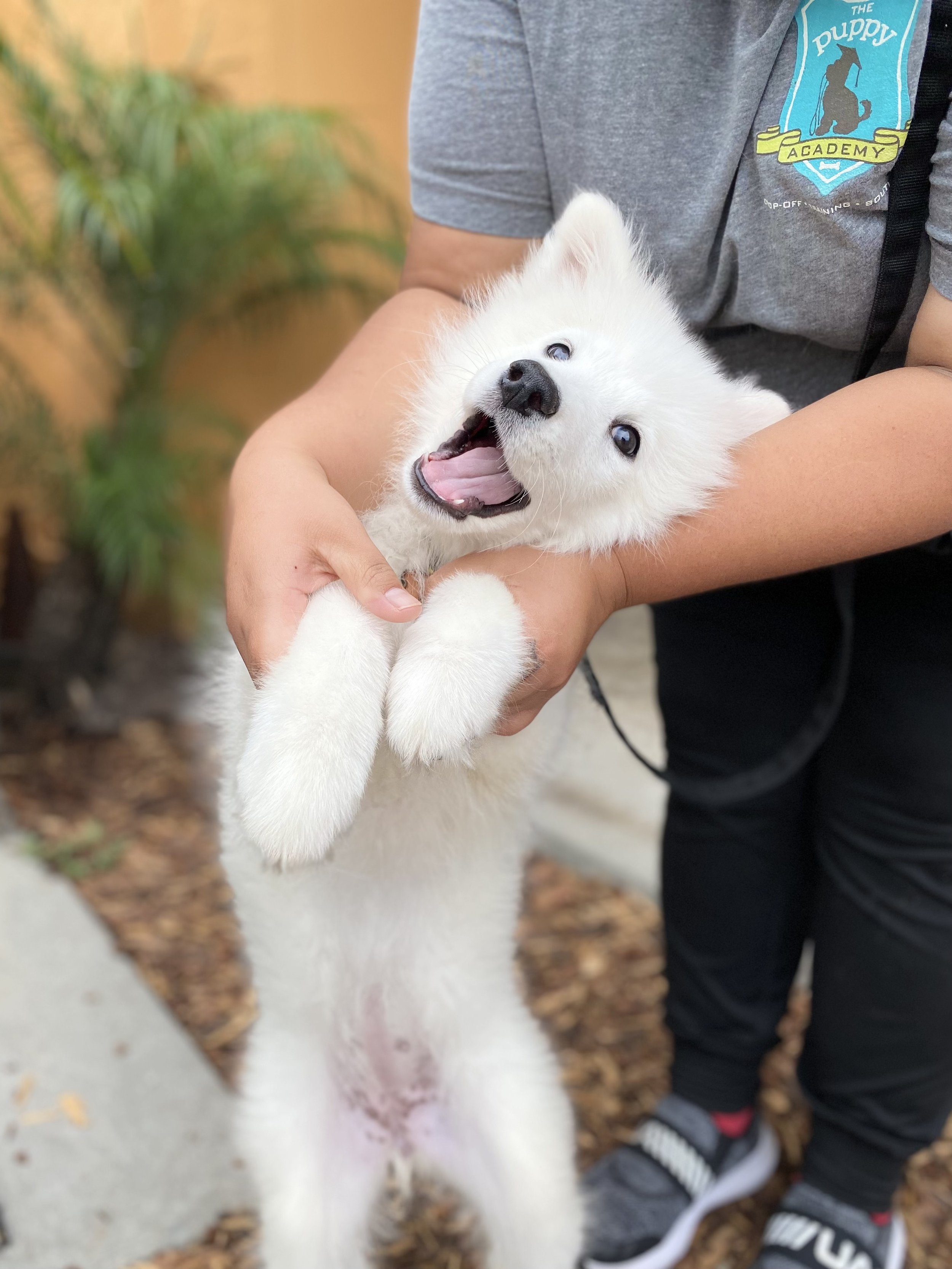Unleashing fun with your furry friend can be a joyous experience, but have you ever noticed your dog showing teeth while playing? While this behavior may seem alarming at first glance, it’s essential to understand its significance in the realm of canine communication. Dogs often bare their teeth during play as a sign of excitement and engagement, rather than aggression. By deciphering this subtle cue, you can deepen the bond with your pet and enhance the playtime experience. In this blog, we’ll delve into the reasons behind why dogs exhibit this behavior, decode its meaning, and offer tips on how to interpret and respond to it appropriately. Let’s unlock the secrets behind your canine companion’s toothy grins!
But she loves obsessively licking out every molecule of whipped cream (or whatever is in there). And also remember this weird dog of mine doesn’t show teeth out of anger or threat… It's literally her smiling and she only does it when she’s very happy and excited. pic.twitter.com/8jPHhWGzka
— Danny Elfman (@dannyelfman) January 5, 2022
Understanding Dog Behavior
When your dog shows teeth while playing, it’s essential to understand their behavior to ensure a fun and safe environment for both you and your furry friend. Dogs communicate through various body language cues, and showing teeth during play can have different meanings based on the context.
Playful Behavior
Often, when a dog shows teeth while playing, it signifies their excitement and engagement in the play session. This behavior is usually accompanied by a wagging tail, relaxed body posture, and play bows. Dogs may slightly bare their teeth as a sign of playfulness, known as a “play face,” indicating a desire for enjoyable interaction.
Warning Signs
However, it’s crucial to differentiate between playful tooth displays and aggressive behavior. If your dog’s body stiffens, their gaze becomes intense, or they growl while showing teeth, it can indicate discomfort or a warning. In such cases, it’s best to redirect the play or give the dog space to avoid escalating the situation.

Reasons Why Dogs Show Their Teeth While Playing
When dogs show their teeth while playing, it can be a natural behavior that may sometimes appear aggressive but is typically just a part of their playful communication. Understanding why dogs do this can help pet owners distinguish between playful behavior and actual aggression.
1. Playful Mimicry
Dogs often mimic aggressive behaviors while playing, including showing their teeth. This mimicry is a way for them to communicate and engage in play without necessarily being aggressive. It’s their playful way of emulating more serious situations.
2. Communication Signal
Showing teeth can be a communication signal among dogs to convey excitement and playfulness. This behavior may be accompanied by other friendly gestures like play bows and wagging tails, indicating that the dog is just engaging in a fun activity. It’s their way of indicating joy and enthusiasm.
How to Differentiate Between Aggression and Playfulness
When your dog shows teeth while playing, it can sometimes be confusing to determine whether their behavior is playful or aggressive. Understanding the subtle cues can help you differentiate between the two to ensure a safe and enjoyable interaction with your furry friend.
Body Language
One way to distinguish between aggression and playfulness in dogs is to observe their body language. During play, dogs may exhibit a relaxed body posture, wagging tail, and soft, gentle bites. On the other hand, aggressive dogs often display stiff body language, raised fur, and intense stares.
Vocalizations
Pay attention to the vocalizations your dog makes while playing. Playful interactions are usually accompanied by excited barks or playful growls. However, aggressive behavior may involve deep, guttural growls or snarls.
Signs of a Happy and Relaxed Dog
When your dog shows teeth while playing, it can sometimes indicate that they are enjoying themselves and are in a playful mood. There are several signs that can help you identify if your furry friend is happy and relaxed.
Relaxed Body Language
A happy and relaxed dog will exhibit loose, wiggly body movements. Their ears will be in a natural position, and their tail may wag gently. Yawning or stretching can also be a sign of contentment.
Playfulness and Engagement
Engagement in play is a clear indication that your dog is relaxed. They may initiate play, exhibit zoomies, or engage in playful barks.
Positive Reinforcement Techniques for Playful Behavior
When your dog shows teeth while playing, it is essential to reinforce positive behaviors to ensure a fun and safe playtime environment. Positive reinforcement techniques can help encourage desired behavior in your furry friend.
1. Use Rewards
Rewarding your dog with treats or toys when they exhibit playful behavior without showing teeth aggressively can reinforce the desired actions. This creates a positive association with the behavior and encourages it to continue.
For example, when your dog engages in playful interactions without showing teeth in a dominant manner, offering a small treat or a favorite toy can reinforce this behavior.
2. Verbal Praise
Providing verbal praise, such as saying “good boy” or “good girl,” when your dog displays appropriate playful behavior can also serve as positive reinforcement. Dogs respond well to positive verbal cues and will be motivated to repeat the behaviors that earn them praise.
Using a cheerful tone and enthusiastic words can further strengthen the bond between you and your dog during playtime.

Frequently Asked Questions
- Why does my dog show teeth while playing?
- When dogs play, they often show their teeth as a way to communicate excitement and enthusiasm. It is a common behavior that indicates they are having fun and enjoying the interaction.
- Is it normal for dogs to show teeth during play?
- Yes, it is completely normal for dogs to show their teeth while playing. It’s important to recognize the context in which this behavior occurs. If your dog’s body language is relaxed, and they are showing other signs of playfulness, then there is usually no cause for concern.
- How can I differentiate between playful teeth-showing and aggression?
- To differentiate between playful teeth-showing and aggression, pay attention to your dog’s overall body language. Playful teeth-showing is usually accompanied by a relaxed posture, wagging tail, and other signs of playfulness. Aggressive behavior, on the other hand, may involve stiff body language, growling, raised fur, and other indicators of tension.
- What should I do if my dog shows teeth during play that worries me?
- If your dog’s teeth-showing behavior during play worries you, it’s important to observe their overall body language and the context of the situation. If you are concerned about potential aggression, seek guidance from a professional dog trainer or behaviorist to address any underlying issues.
- How can I encourage positive play behavior in my dog?
- To encourage positive play behavior in your dog, focus on creating a safe and enriching environment for play. Use positive reinforcement to reward good behavior, set clear boundaries, and provide plenty of opportunities for physical and mental stimulation. Building a strong bond through play can help strengthen your relationship with your dog.
In Summary: Embracing Your Dog’s Playful Nature
Watching your dog show teeth while playing can sometimes be misinterpreted, but understanding the context is crucial. It’s mostly a natural canine behavior, a sign of enjoyment rather than aggression. By observing their body language and tail wagging, you can decipher whether it’s playfulness at its best. Remember, play is essential for bonding and mental stimulation. So, embrace these moments, cherish your pup’s delight, and engage in interactive play to strengthen your relationship. With patience and love, you can navigate this aspect of your dog’s behavior effortlessly, ensuring fun-filled moments for both of you!



